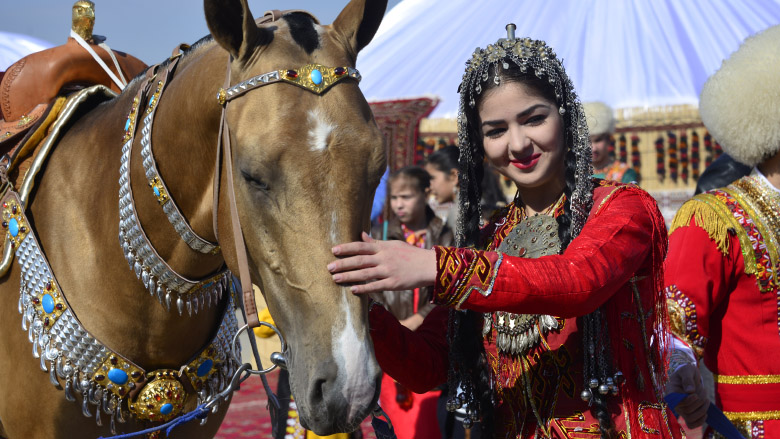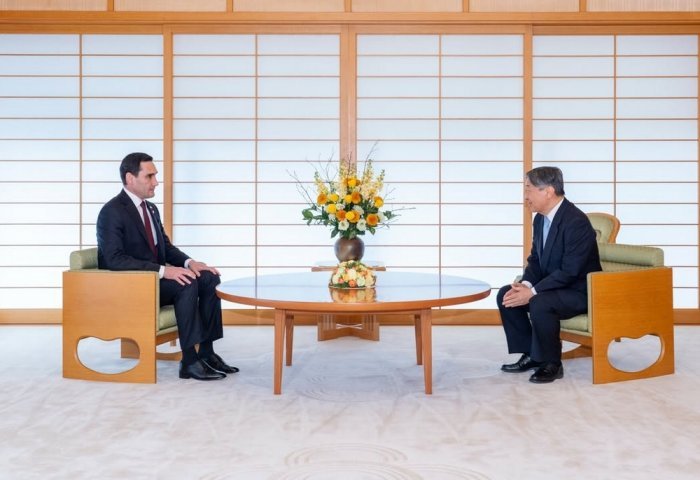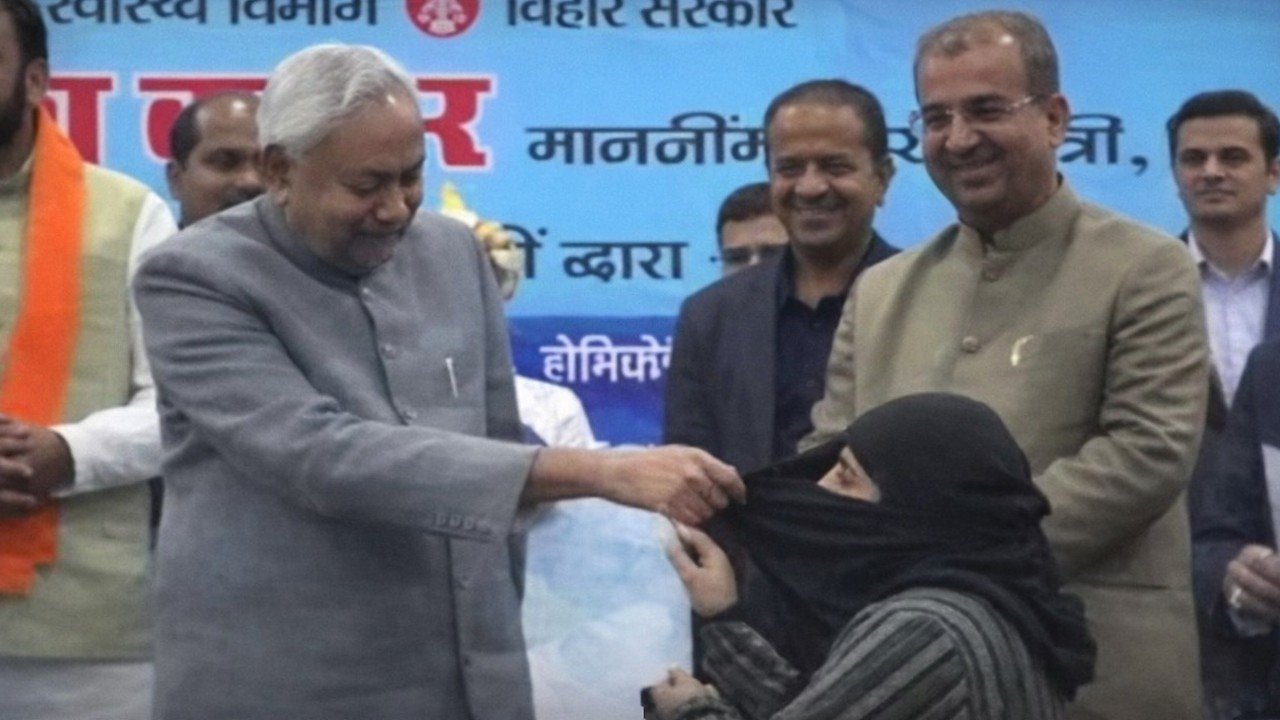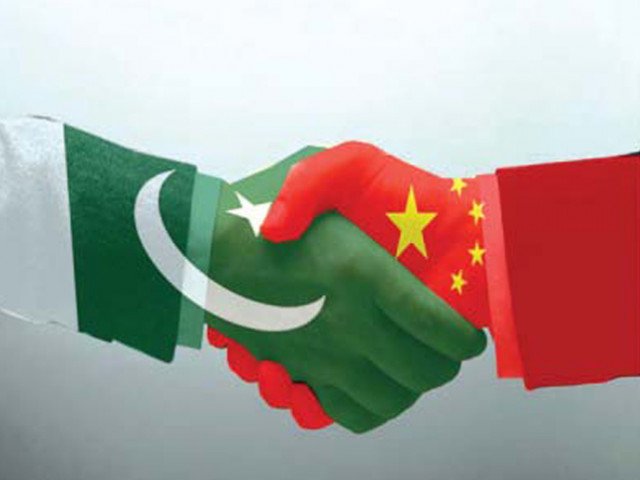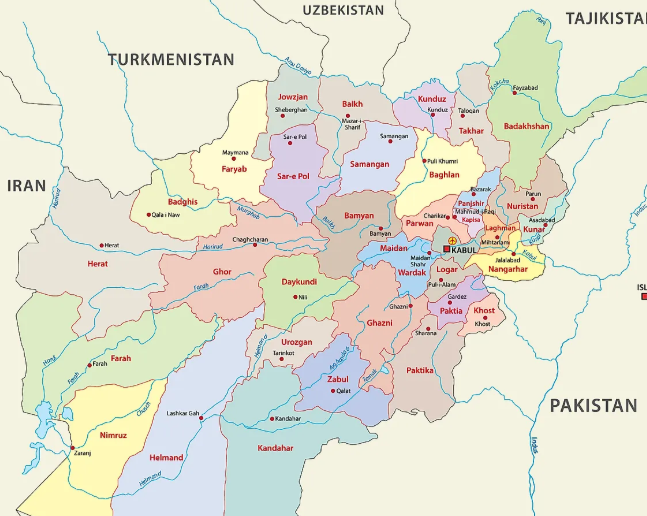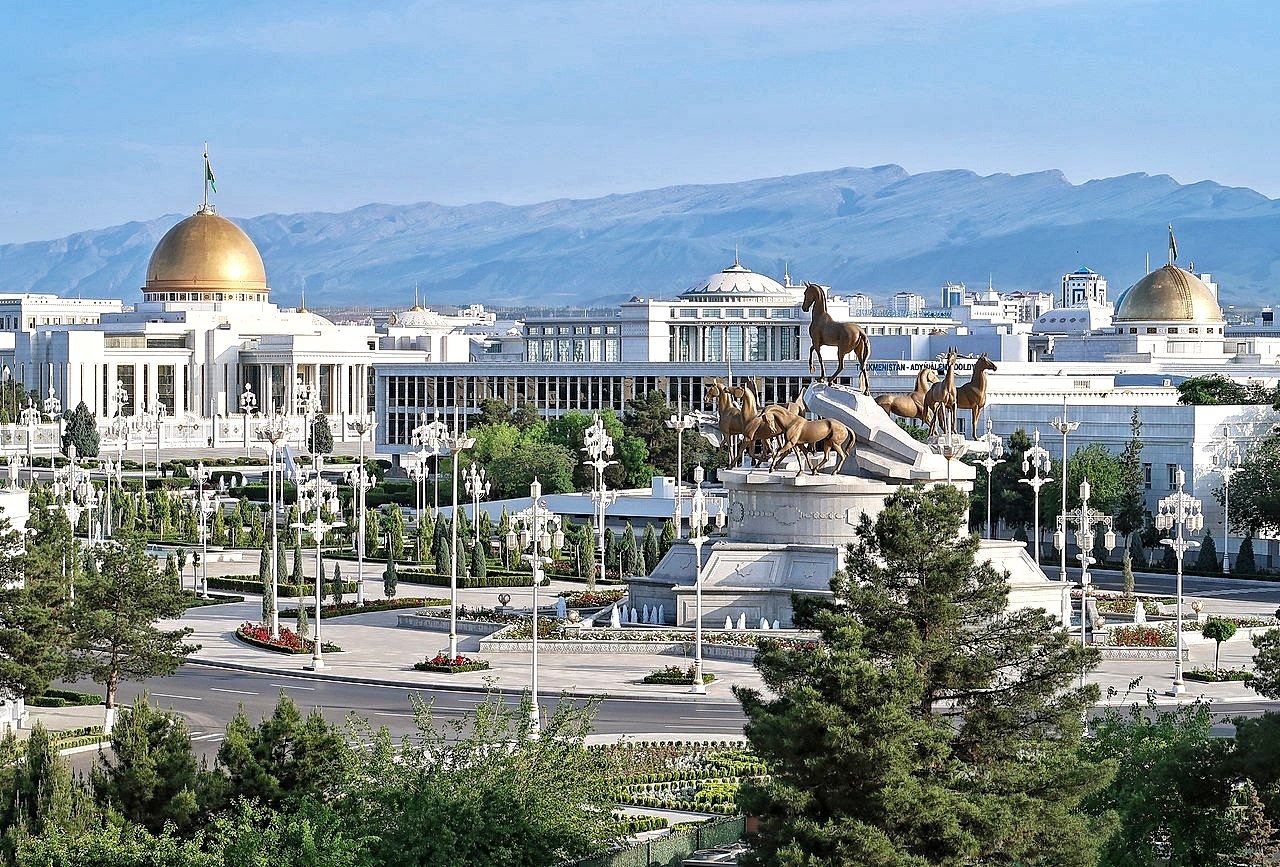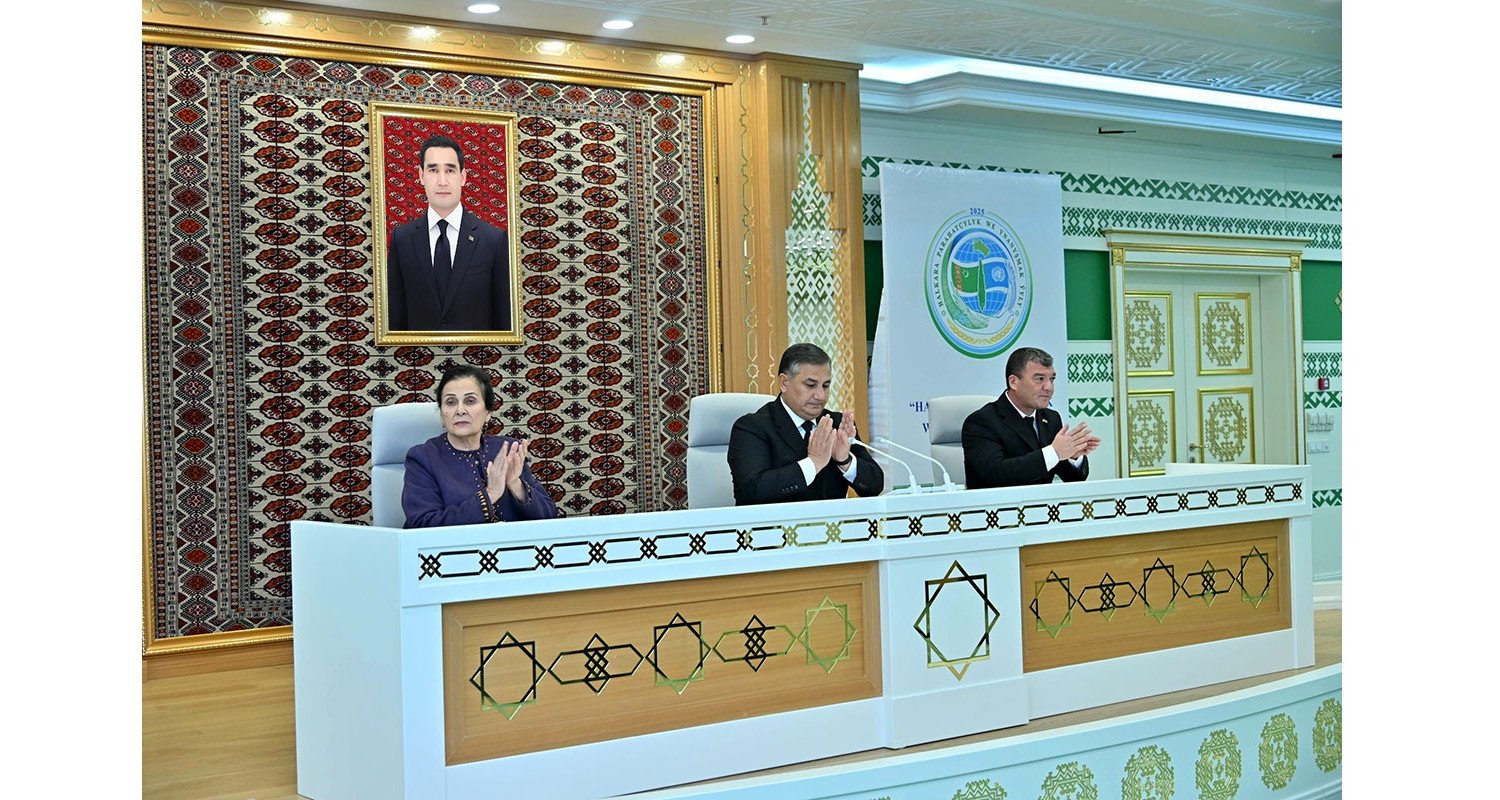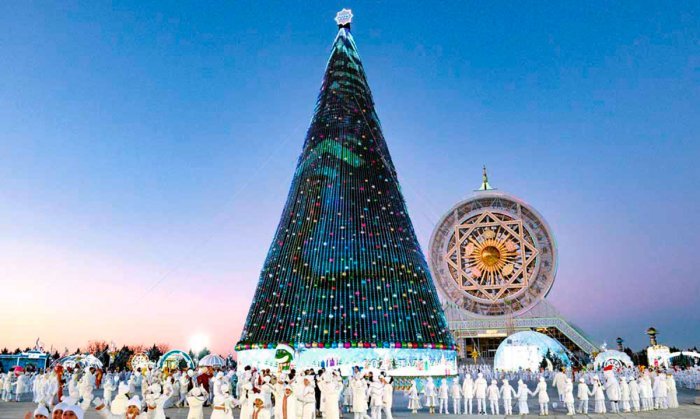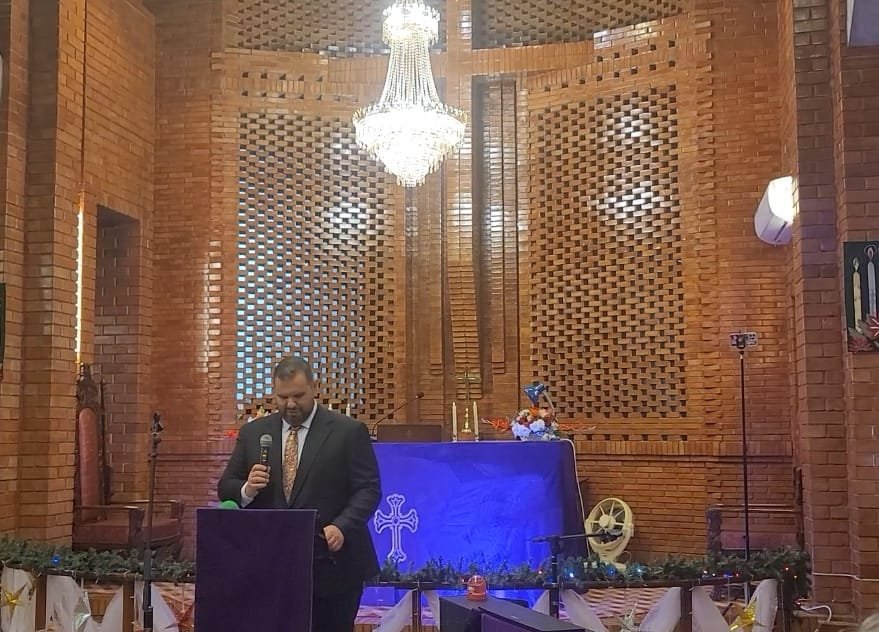Nestled in Central Asia, Turkmenistan possesses a rich and dynamic cultural legacy spun with centuries of evolution under influence from the old Silk Road. From the ancient towns along the Silk Road to its great deserts, the nation’s identity is a magnificent tapestry of customs, workmanship, and festivities reflecting its varied legacy.
The Gulyaka Artistry
Translating as “flower for the collar,” the phrase “gulyaka” really catches the core of the complex Turkmen ornaments distinguished by their delicate elegance and floral motifs. These ornaments have developed over time into intricately brooches and breastplates, beloved items among Turkmen women.
Gulyaka, however, have great cultural value and are not only ornamental objects. Still worn today, these exquisitely created brooches honor Turkmen cultural identity and ongoing history of workmanship. Reflecting a strong relationship to the natural world and spiritual ideas, the designs frequently feature symbols of nature, animals, and geometric patterns. Semi-precious stones including emerald, turquoise, and carnelian abound on gulyaka.
Although traditional gulyaka were formerly handcrafted by expert artists with age-old processes, this art form is still rather popular in modern Turkmenistan. Today’s jewelers ensure that the gulyaka legacy is vivid and relevant by combining modern features with classic designs, thereby appealing to local and worldwide fans.
Deep Meaning Bridal decorations
In Turkmenistan, jewelry is not only a beautiful accent but also a major part of traditional weddings. Every piece of jewelry has symbolic value, deftly entwined into Turkmen people’s cultural fabric.
Great thought is given to the symbolic meaning of the jewelry picked for a Turkmen wedding. For the newlyweds, the complex designs on bracelets, necklaces, and earrings usually represent success and luck. Particularly selected for their extra meanings—that of purity, courage, and enduring love—are specific gemstones Choosing the bride’s jewelry is a careful procedure that reflects not only the couple’s but also their cultural beliefs and goals as well as their aesthetic tastes and those of their families.
Giving and wearing these items during the wedding reception is a symbolic action meant to confirm the marriage and strengthen the couple’s bond. The couple’s shared journey, the blessings of their families, and the cultural legacy that ties them are reflected in the thoughtful choice and trade-off of jewels.
The Elegance of Conventional Clothing
Turkmen weddings are big events when the bride and groom, together with their guests, dress in stunning traditional attire as significant as they are aesthetically pleasing. The celebration revolves mostly on these brilliantly created, vivid costumes, which turn the wedding into a brilliant exhibition of cultural pride.
Every garment visually tells Turkmenistan’s rich legacy by reflecting regional variations and historical inspirations. These garments’ continuity between generations helps to preserve a strong link to cultural heritage and customs.
Kushtdepdi: Dancing Joy and Vitality
Deeply ingrained in Turkmen society, Kushtdepdi is a vibrant and dynamic dance that represents young life. Celebrations and events feature this dynamic dance as a highlight, distinguished by quick, forceful motions that inspire excitement and delight for viewers as well as dancers.
Kushtdepdi’s inclusiveness—that which welcomes persons of all ages—is one of its outstanding features. Though it is usually connected with young vitality, the dance is a kind of expression that appeals to people of many generations. By means of this cross-generational involvement, Kushtdepdi’s position as a communal activity becomes more robust, therefore promoting unity and tradition among Turkmen populations.
Kushtdepdi is a rich multisensory experience combining conventional Ghazal melodies with the rhythmic sounds of the lamellophone instrument, not only about movement. The dance creates a harmonic mix of movement and sound by intimately relating with these musical aspects. While the Gopuz’s rhythm sharpens the intensity, so raising the energy of Kushtdepdi to a compelling, almost trance-like condition, Ghazal, a genre of traditional songs, gives the dance a melodic dimension.
The Dutar: Protecting Turkmen Stories
A classic two-string instrument, the dutar is especially dear in Turkmenistan’s cultural legacy. Appearing in both traditional and modern music, it is absolutely essential for maintaining the legends and customs of the nation.
Stories of love, bravery, and major historical events are told using the passionate melodies of the Dutar, therefore preserving Turkmenistan’s rich oral traditions. Played at significant cultural events such weddings, celebrations, and meetings, this instrument represents a living repository of the Turkmen people’s collective memories and folklore. In this sense, music is not only a kind of entertainment but also a tool for conserving the cultural legacy defining Turkmenistan’s distinct character.
Maintaining customs for next generations
Emphasizing their worldwide relevance, UNESCO has included some Turkmen customs as part of the Intangible Cultural Heritage of Humanity This awareness emphasizes the need of preserving and honoring cultural variety all around.
Celebrated for their universal worth, Turkmen customs are recognized as vital not just for the local identity but also for the worldwide cultural inheritance. From handicrafts to music, dancing, and clothing, these timeless traditions—which span handicaps—have survived and remain relevant in modern Turkmenistan. The Turkmen people are dedicated to safeguarding their customs so that their cultural legacy stays vivid and central in their life.
These age-old customs are being included into modern settings so they may be relevant and accessible to next generations. Programs for cultural education, local gatherings, and family teachings all help to preserve these customs going forward. Elders are very important in passing on knowledge since they underline the value of every custom and its significance on forming Turkmen identity.
Turkmenistan gladly welcomes visitors from all around the world even as it preserves its rich legacy. Visitors may engage in the happy celebrations of Kushtdepdi, see the delicate beauty of gulyaka, grasp the meaning of wedding jewelry, and appreciate the vivid elegance of traditional attire. These encounters provide a great window into the many cultural tapestry of Turkmenistan.

Mr. Malik M. Shafiq is the Managing Editor of “The Europe Today”. An expert on history, political science and current affairs. He is recognized as an authority on the National Issues, Belt and Road Initiative (BRI), China, Climate Change, and Central Asia.
Director, The Europe Today
